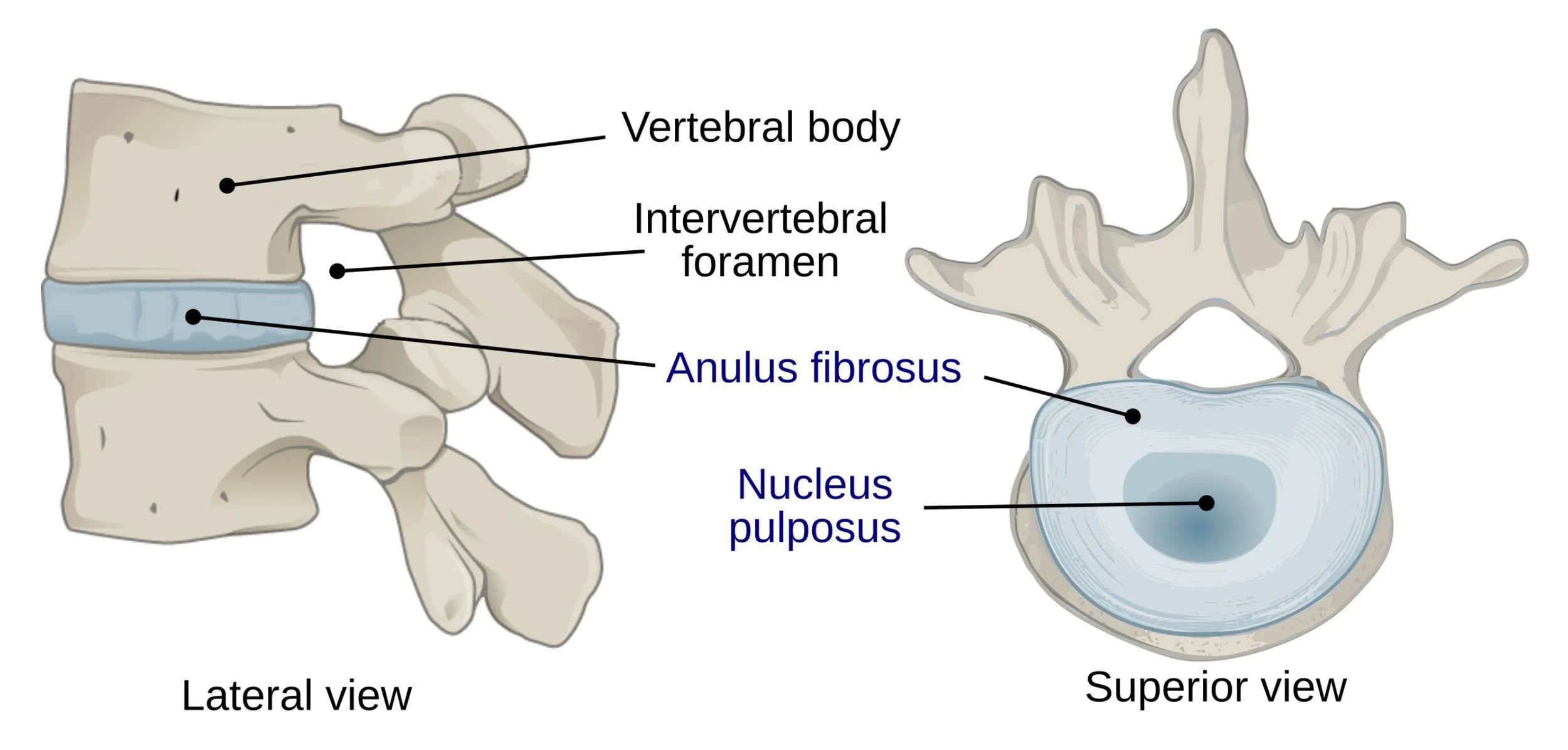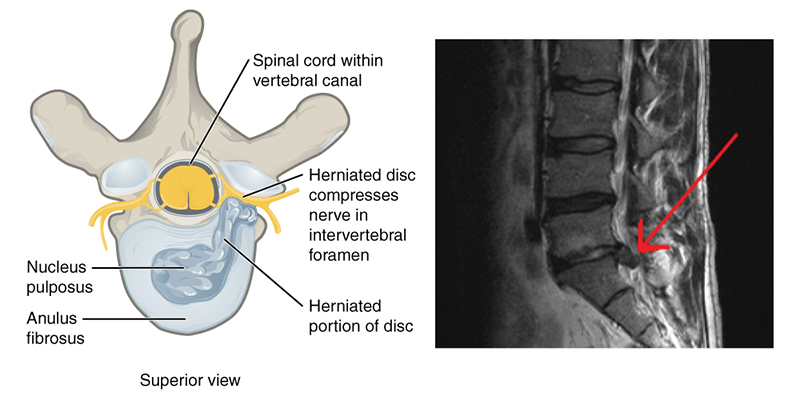Do Discs Really Slip? The Myth, the Facts, and What’s Actually Happening in Your Spine
Introduction
If you’ve ever been told you have a “slipped disc,” you might imagine one of the cushions in your spine popping out of place like a coaster sliding off a table. The truth? Discs don’t slip. They never have, and they never will.
This isn’t just nit-picking over words. Misunderstanding how spinal discs work can lead to unnecessary fear, confusion, and even poor treatment decisions. Let’s break down the myth and replace it with science.
Why Discs Don’t Slip
Intervertebral discs sit securely between each vertebra in your spine. They are firmly anchored—not loose pads floating around.
The outer layer, called the annulus fibrosus, is a tough fibrous ring that attaches directly to the bones above and below. Strong ligaments such as the anterior longitudinal ligament and posterior longitudinal ligament reinforce the area.
In short: your discs are locked in place. They don’t slide out, dislocate, or “slip” anywhere.
Intervertebral disc
What Really Happens: Bulges and Herniations
When people say “slipped disc,” they’re usually describing a disc bulge or herniation:
Inside each disc is a gel-like centre called the nucleus pulposus.
If there’s a tear or weakness in the outer ring, the nucleus can push outward.
This can press on nearby nerves, causing pain, numbness, tingling, or weakness.
The disc itself hasn’t moved out of position—it’s changed shape because of internal pressure.
Herniated disc At L5 S1
The Problem With the Jelly Donut Analogy
You’ve probably heard discs compared to jelly donuts—squeeze them and the “jelly” squirts out.
While catchy, this analogy oversimplifies a complex structure.
Discs are made of collagen, water, and proteoglycans—not pastry and jam.
Herniations aren’t a gooey mess—they’re a structural change in tough connective tissue.
The comparison can make people fear their discs are fragile, which they’re not.
Why Language Matters in Rehabilitation
Calling it a “slipped disc” can:
Create unnecessary fear and anxiety.
Lead people to believe their spine is unstable.
Make them overly cautious, which can slow recovery.
Accurate terms—like disc bulge or herniation—help people understand that their spine is strong, stable, and designed to handle load.
What You Should Do If You Have a Disc Injury
If you’ve been diagnosed with a disc bulge or herniation:
Get a clear diagnosis from a qualified health professional.
Stay active—bed rest is rarely helpful.
Strengthen your spine and supporting muscles under guidance.
Address contributing factors such as poor lifting technique, prolonged sitting, or inadequate core stability.
Bottom Line
Your discs don’t slip. They don’t slide out like a coin from a slot, and they certainly don’t squirt jam. They can, however, change shape, bulge, or herniate—and with the right rehab approach, most people recover well.
So next time someone says “slipped disc,” you’ll know the truth: it’s a myth, and your spine is stronger than you think.


